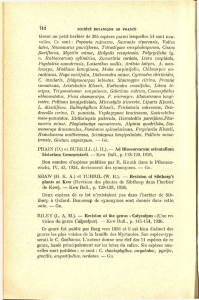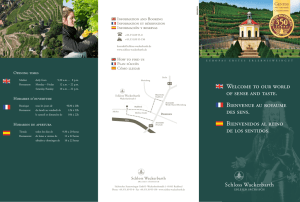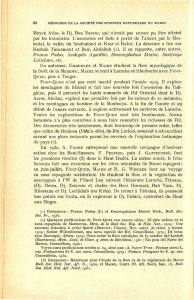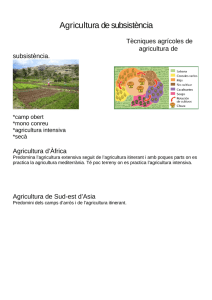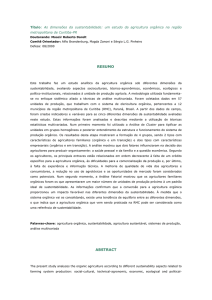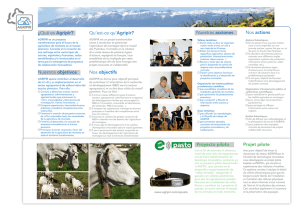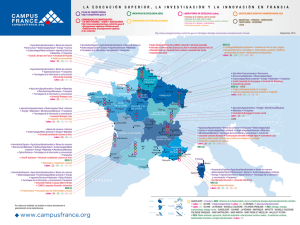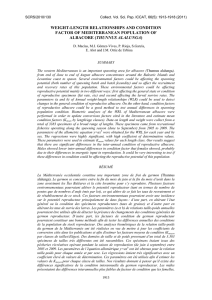Presente of Olea europaea and Vins vinifera in archaeological sites
Anuncio
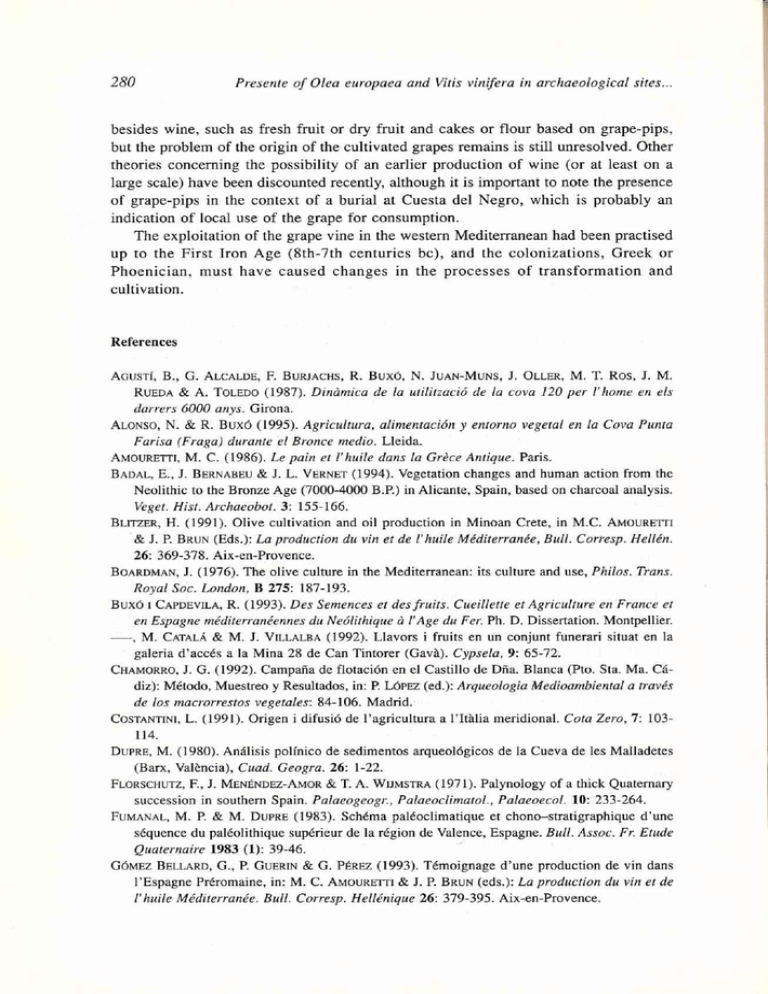
280 Presente of Olea europaea and Vins vinifera in archaeological sites. besides wine, such as fresh fruit or dry fruit and cakes or flour based on grape-pips, but the problem of the origin of the cultivated grapes remains is still unresolved. Other theories concerning the possibility of an earlier production of wine (or at least on a large scale) have been discounted recently, although it is important to note the presence of grape-pips in the context of a burial at Cuesta del Negro, which is probably an indication of local use of the grape for consumption. The exploitation of the grape vine in the western Mediterranean had been practised up to the First Iron Age (8th-7th centuries be), and the colonizations, Greek or Phoenician, must have caused changes in the processes of transformation and cultivation. References AGUSTÍ, B., G . ALCALDE, F . BURJACHS, R. BUXÓ, N . JUAN-MUNS, J. OLLER, M . T. R O S , J . M . RUEDA & A . TOLEDO (1987). Dinàmica de la utilització de la cova 120 per l'home en els darrers 6000 anys. Girona. ALONSO, N. & R. Buxó (1995). Agricultura, alimentación y entorno vegetal en la Cova Punta Farisa (Fraga) durante el Bronce medio. Lleida. AMOURETTI, M. C . (1986). Le pain et l'huile dans la Grèce Antique. Paris. BADAL, E., J . BERNABEU & J . L . VERNET (1994). Vegetation changes and human action from the Neolithic to the Bronze Age (7000-4000 B.P.) in Alicante, Spain, based on charcoal analysis. Veget. Hist. Archaeobot. 3 : 155-166. BLITZER, H . (1991). Olive cultivation and oil production in Minoan Crete, in M . C . AMOURETTI & J . P. BRUN (Eds.): La production du vin et de l'huile Méditerranée, Bull. Corresp. Hellén. 2 6 : 369-378. Aix-en-Provence. BOARDMAN, J. (1976). The olive culture in the Mediterranean: its culture and use, Philos. Trans. Royal Soc. London, B 2 7 5 : 187-193. Buxó i CAPDEVILA, R. (1993). Des Semences et des fruits. Cueillette et Agriculture en France et en Espagne méditerranéennes du Néolithique à l'Age du Fer. Ph. D . Dissertation. Montpellier. , M . CÁTALA & M . J. VILLALBA (1992). Llavors i fruits en un conjunt funerari situât en la galería d'accès a la Mina 28 de Can Tintorer (Gava). Cypsela, 9 : 65-72. CHAMORRO, J . G . (1992). Campaña de flotación en el Castillo de Dña. Blanca (Pto. Sta. Ma. Cádiz): Método, Muestreo y Resultados, in: P. LÓPEZ (éd.): Arqueología Medioambiental a través de los macrorrestos vegetales: 84-106. Madrid. COSTANTINI, L. (1991). Origen i difusió de l'agricultura a l'Italia meridional. Cota Zero, 7 : 103114. DUPRE, M . (1980). Análisis polínico de sedimentos arqueológicos de la Cueva de les Malladetes (Barx, Valencia), Cuad. Geogra. 2 6 : 1-22. FLORSCHUTZ, F., J . MENÉNDEZ-AMOR & T. A . WIJMSTRA (1971). Palynology of a thick Quaternary succession in southern Spain. Palaeogeogr., Palaeoclimatol., Palaeoecol. 1 0 : 233-264. FUMANAL, M. P. & M. DUPRE (1983). Schéma paléoclimatique et chono-stratigraphique d'une séquence du paléolithique supérieur de la région de Valence, Espagne. Bull. Assoc. Fr. Etude Quaternaire 1 9 8 3 ( 1 ) : 39-46. GÓMEZ BELLARD, G . , P. GUERIN & G . PÉREZ (1993). Témoignage d'une production de vin dans l'Espagne Préromaine, in: M. C. AMOURETTI & J . P. BRUN (eds.): La production du vin et de l'huile Méditerranée. Bull. Corresp. Hellénique 2 6 : 379-395. Aix-en-Provence.
